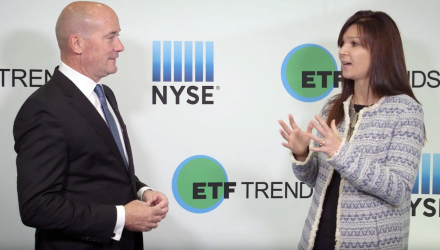“So it creates an extra avenue of liquidity, especially in times of stress,” Rausch said.
Furthermore, due to the ETF’s structure or the way the investment tool is created, investors are able to enjoy greater tax efficiency. Rausch pointed out that ICI calculated about 10% of the average daily volume of an ETF – all the stuff you see trading on an exchange – translates into trading within the portfolio. This means that investors are exposed to low turnover.
“So there’s much less chance to create capital gains,” Rausch said.
Since 90% of ETF trades on an exchange are not involved with the underlying securities, investors also enjoy cost savings through more narrow spreads when they want to buy or sell their ETFs. Rausch added that KCG, a market maker, found that 90% of U.S.-listed ETFs with U.S.equity underlying traded cheaper than cost. In other words, 90% of the time for a U.S. equity ETF, it would be cheaper to buy the ETF as opposed to replicating the underlying basket holdings through individual stock trades.
For more market-related commentary from Tom Lydon and other industry experts, visit our video category.
